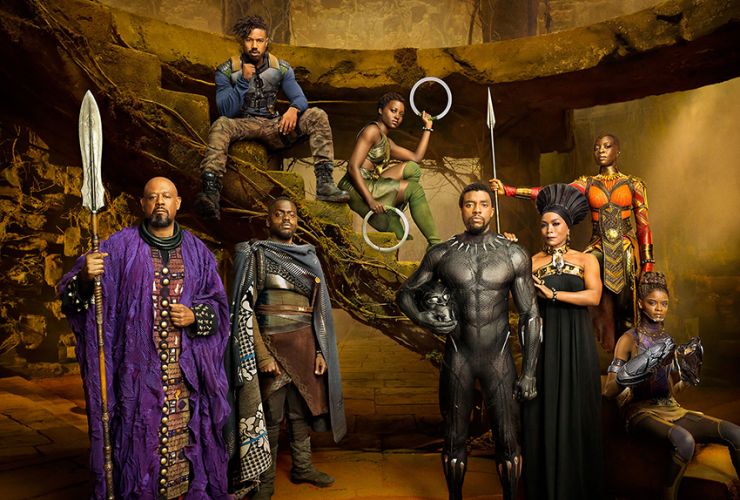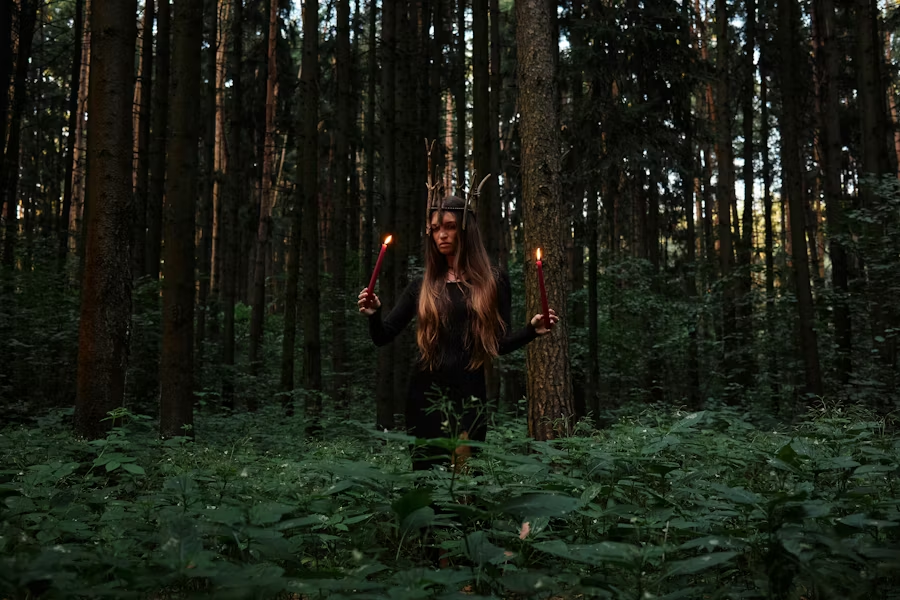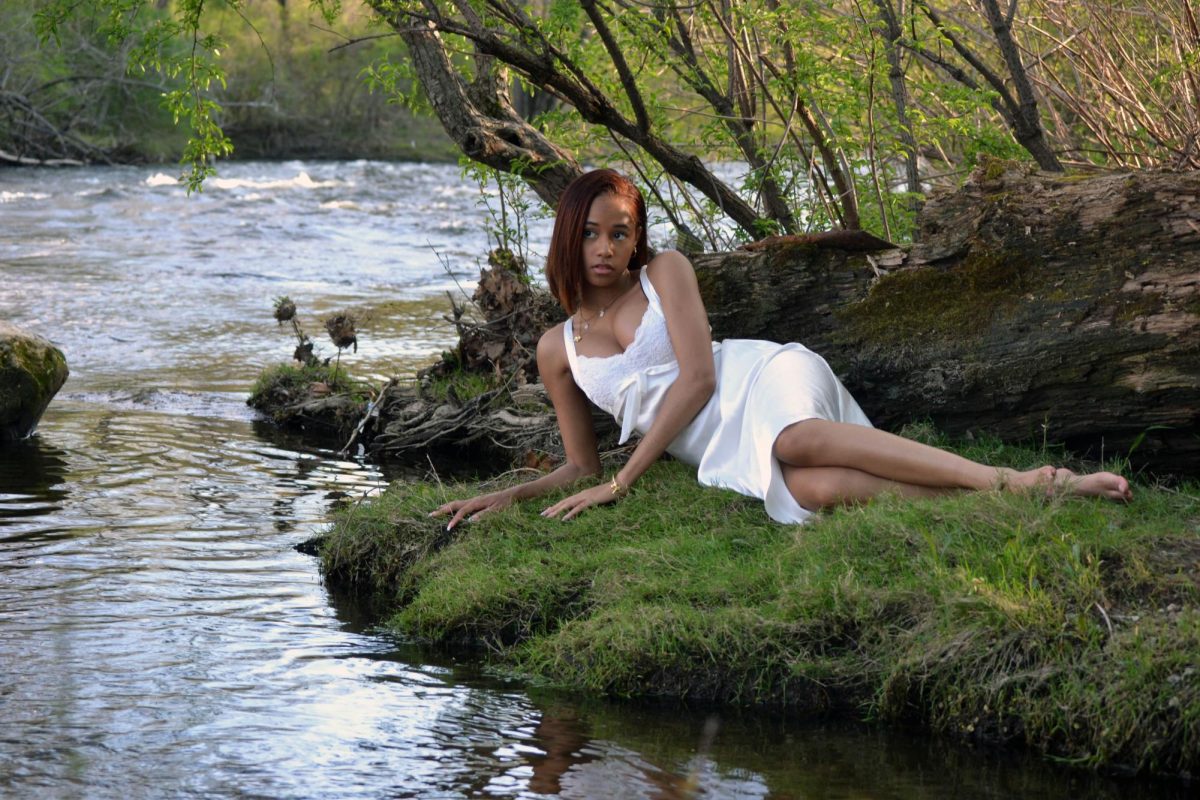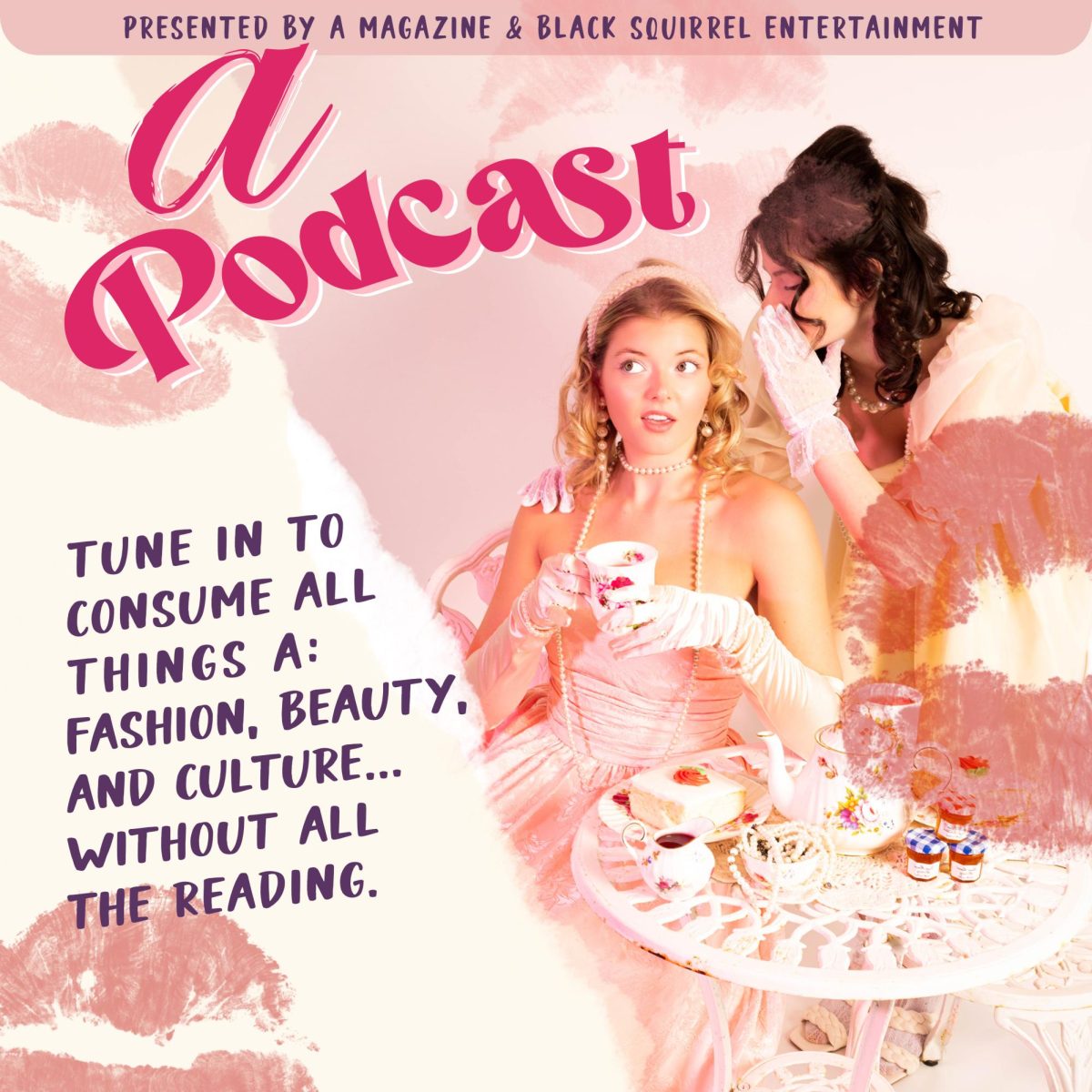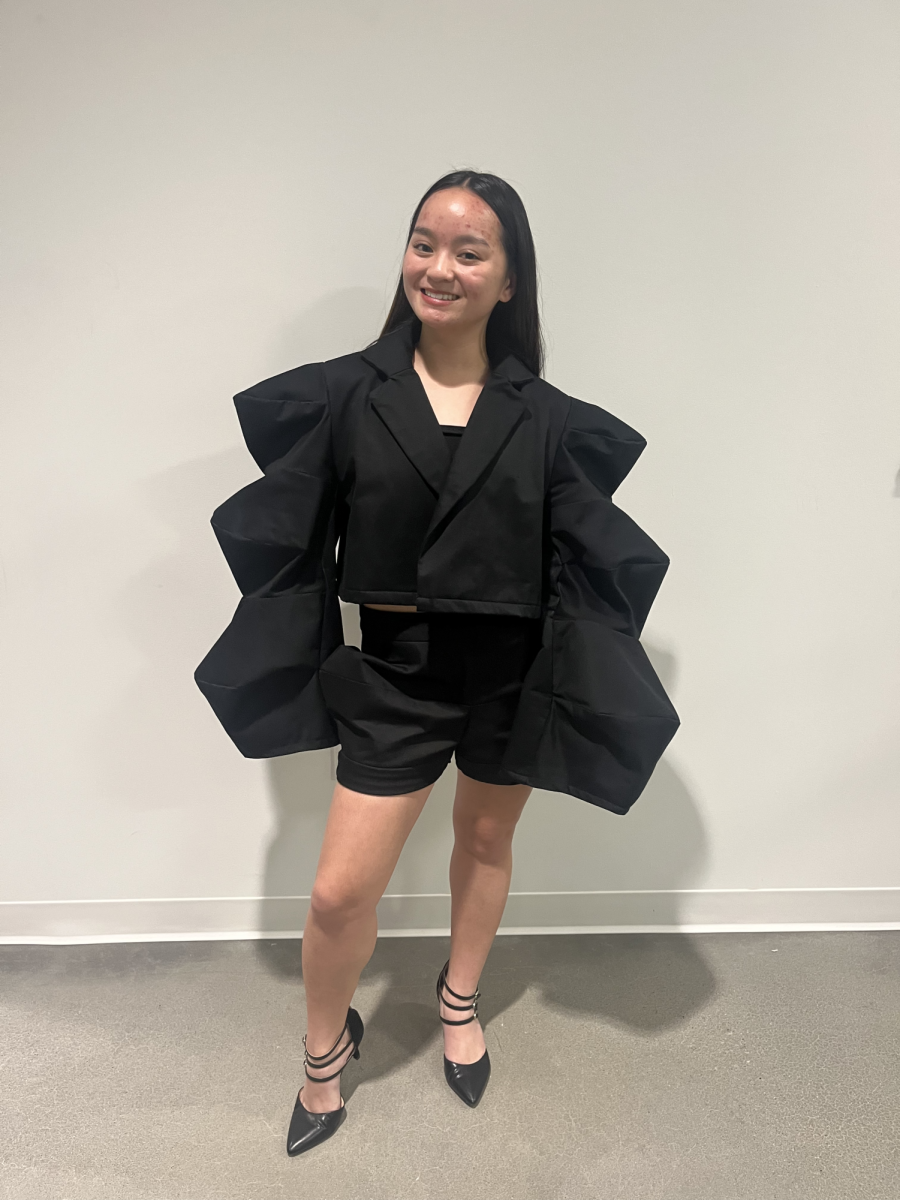Marvel’s “Black Panther” was released nationwide Feb. 16, cashing in $421 million since the film’s opening weekend in the U.S. Arriving during Black History Month and consisting of an all-black cast and a black director, the film’s predetermined success did not even come close to the reality of it all. “Black Panther” is breaking box office records around the world, beating out “Deadpool” and “Stars Wars: The Force Awakens” in opening day success.
The original Black Panther comics, created by Stan Lee and Jack Kirby in 1966, were developed for black readers who, up until that moment, found very little fictional characters with which they could identify. The comics are met with wide acclaim and a fast-growing fan base. Fast forward a couple of decades and the trailer teaser, a roughly minute long introduction to the film, accumulated 89 million views in the first 24 hours of being released.
“It’s the first time in a long time that we’re seeing a film with centered black people, where we have a lot of agency,” says founder of pop culture website Black Girl Nerd Jamie Broadnax.
She goes on to point out that the characters as “rulers of a kingdom, inventors and creators of advanced technology. We’re not dealing with black pain, and black suffering, and black poverty.”
From premiere attendees dressing only in African royal attire to private screenings arranged for Boys & Girls Clubs of America across the country, “Black Panther” provides an opportunity for celebration of African-American culture and gives children of color the chance to look up to modern superheroes who, for once, look like them.
The heroes in this film aren’t just your typical cape-wearing, crime-fighting fictional humans. The Black Panther, T’Challa, played by Chadwick Boseman, is royalty. To be specific, the sovereign ruler of the fictional nation of Wakanda, right next to being a tactician, strategist, scientist—oh, and superhuman. His 16-year-old sister Shuri, played by Letitia Wright, is the brains behind every futuristic, highly advanced Wakandan device.
“I thought it’d be really interesting seeing a young African teenager who’s manipulated [vibranium] in ways that nobody else could and who’s confident and able to have her own space,” director Ryan Coogler says.
For her brilliance alone, Shuri is a superhero of her own kind.
It would be a shame to go without mentioning the costumes, a major aspect of what makes the film such a triumph. Costume designer Ruth E. Carter, whose previous work includes films “Selma” and “The Butler,” did extensive research for the film by making trips to North Africa, studying photos of traditional African ceremonies and frequenting flea markets and antique stores run by African entrepreneurs. Carter even hired personal shoppers throughout Ghana to source pieces for her by local artists.
Her designs truly shine specifically on the all-female warriors in the film called the Dora Milaje, loosely based on real-life women soldiers of Dahomey, West Africa. The uniforms, as Carter describes them are “feminine, masculine, beautiful and strong- and without showing an inch of skin.”
The red-hued, intricate beadwork that wraps around the neck and torso and the hand-tooled armor pieces made by a jewelry designer appear quite differently from how the Dora Milaje are presented in the comic books, at one point they’re shown to be wearing corsets.
“A lot of times, people are using the body and sex as a form of weaponry,” Carter tells The Washington Post Co. “I think it cheapens the look. I wanted to create a story behind the costumes and use elements that were…attractive and intimidating, because that’s what they needed to be.”
The world presented in “Black Panther” is filled with strong, intelligent characters living free of racial stereotyping and profiling. A vibrant nation of freedom and diversity which is uninterrupted by outside forces. The overall story and characters this film offers are timeless, and for the young kids who leave this film with new perspective and disposition, the value is priceless.

